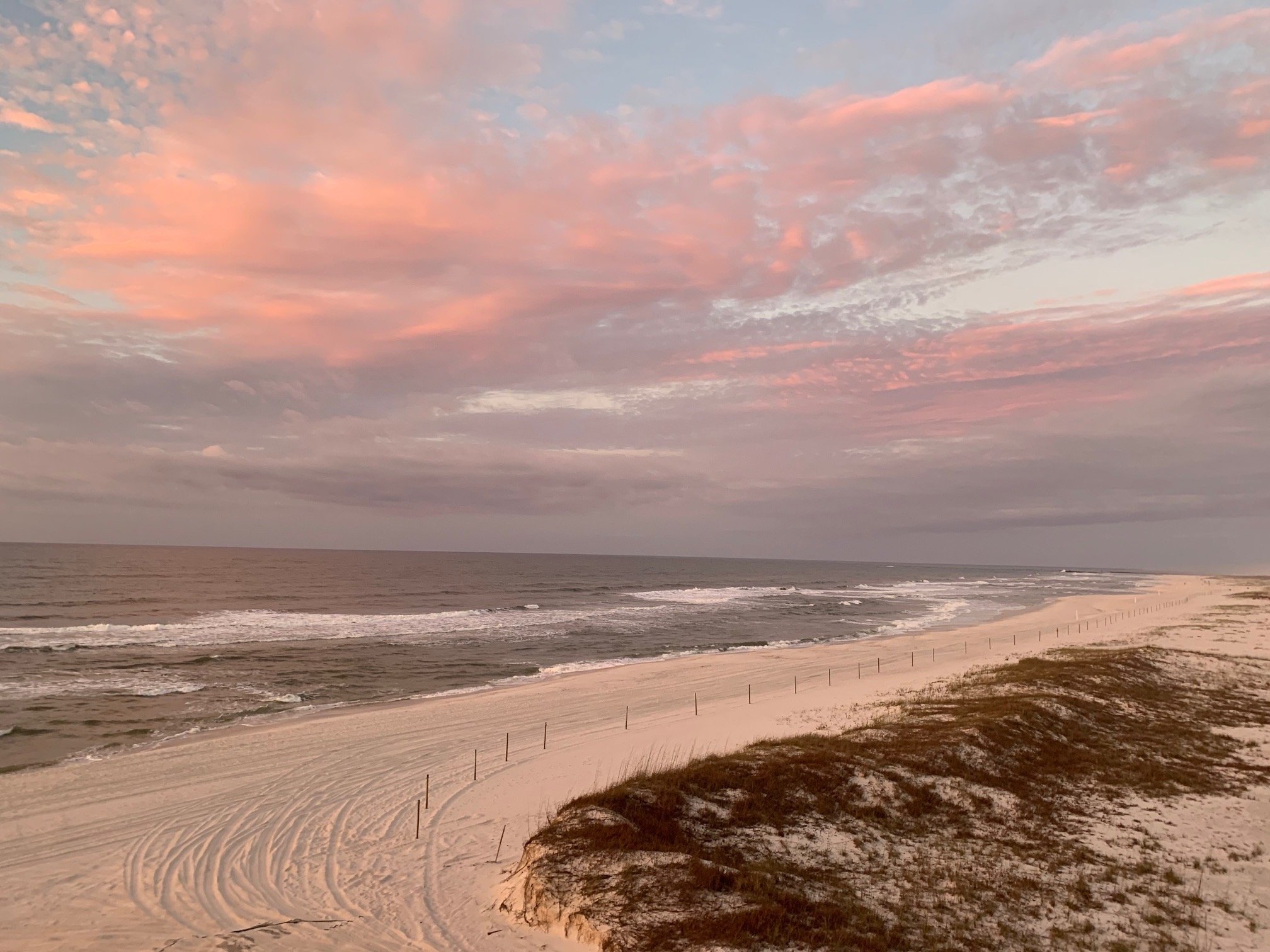Non-anxious presence/or less anxious presence
“The sea does not reward those who are too anxious, too greedy, or too impatient. One should lie empty, open, choiceless as a beach - waiting for a gift from the sea.”—Anne Morrow Lindbergh in Gift from the Sea (Pantheon 1955, 1991).
Anne Morrow Lindbergh describes our ideal position in our relationships and ministries. We are waiting “choiceless” like the beach for the gift from the sea to know the next direction, the next words, especially in any decision or conflict.
Family Systems dynamics teach us that in tension in relationships with others, if we can remain a non-anxious presence, we may keep tensions from growing and eventually solve any dilemma. I know few who can remain non-anxious, for it is not a human trait. Staying less anxious, however, is a real possibility. If we can be the least anxious presence in any situation, we can keep the arteries in our body from tightening up, which takes minutes, weeks off our lifespan. Our inner and outer presence will stay calmer. We become a vessel for the spirit to become part of the relationship, decision, situation, meeting, encounter, or ministry.
Answer: How do we become like the beach waiting for the gift from the sea Lindbergh describes? It certainly involves spiritual disciplines. Prayer and meditation before, during, and after each decision, ministry, and relationship are a huge beginning. We learn from our own spiritual disciplines and from hearing the experience of spiritual disciplines that others follow: centering prayer, morning prayer, yoga, a rule of life, spiritual direction, corporate worship, and study. There are many more. Our tradition, scripture, and reason tell us that these disciplines are gifts from God to help us care for our souls and those of others.
But we should never forget Lindbergh’s central message. The world in nature outside our confined world is also the primary setting to learn, know, and feel the rhythm of waiting to receive Lindbergh’s gift from the sea.




